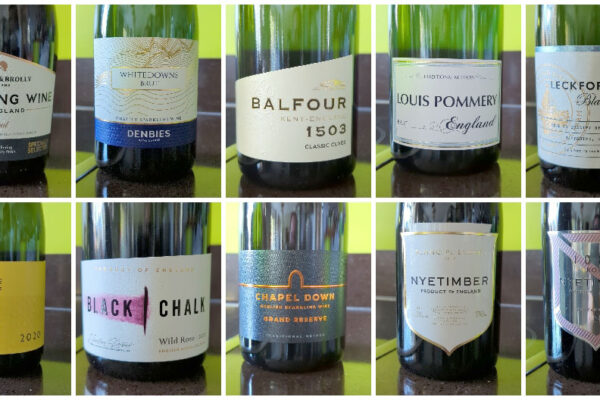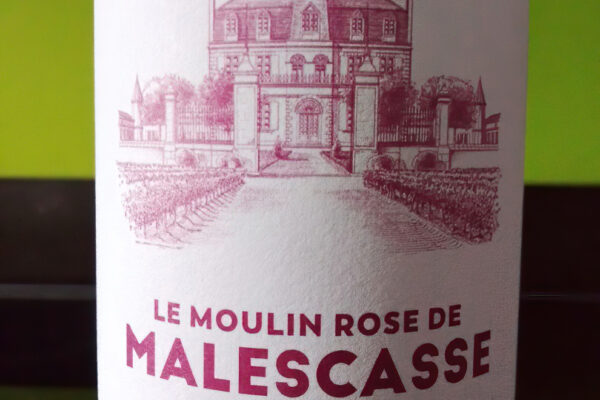
By accident rather than design, I found myself tasting and reviewing several Pinot Noirs over a short period. It started innocently enough, with a few bottles obtained after they had caught my attention at spring press tastings. Then I went looking for wines that had won awards in 2025 and it turned out many of them happened to be Pinot Noirs. This flurry of reviews made me reflect on the different styles of Pinot Noir out there and, more personally, on how my own relationship with the grape has evolved.
This isn’t an exploration into terroir or regional differences, which is the usual route people take when discussing Pinot Noir. Of course, Pinot is famously expressive of terroir, especially in France, but I’m taking a simpler route here. This is more about taste profiles and what you might actually experience in the glass, particularly if you’re new to Pinot Noir or just beginning to explore it more closely. One of the main takeaways is that Pinot Noir is not one thing and shouldn’t be expected to be.
I’ve not always appreciated Pinot Noir. Years ago, I used to think of it as a weaker, less intense wine that rarely held my interest. When I did try it, it often came across as limp. But after tasting so many examples it became something I actively seek out. While Pinot Noir is never full-bodied, it can deliver serious aromatic depth or flavour intensity and sometimes both.
Broadly speaking, I think Pinot Noir falls into a few stylistic camps. There are savoury, earthy styles that often come from oxidative winemaking; there are fruit-forward, aromatic styles; and there are those with a notable oak presence. Of course, many wines blur these lines, and that’s part of the joy in exploring the grape.
The savoury, earthy and complex style has mushroom and forest floor nuances. Red fruit flavours tend to be present but restrained, think cherry or raspberry and low tannins. These wines can be an acquired taste, but once you’re on board, they’re addictive. I’ve seen people describe these wines as faulty on various websites, but that’s often just a misunderstanding from those expecting something fruitier.
Elegant and aromatic Pinots manage to balance fruit and structure, often showing floral characters, bright acidity and a graceful, silky feel. They’re typically light in body but can be remarkably complex and refined.
Fruit-forward and ripe Pinots are more about immediate appeal, with lush red and black fruit (cherry, plum, blackberry), soft tannins and sometimes oak. These tend to be more accessible and vibrant, often less earthy but no less enjoyable in the right context.
Here are the wines I reviewed recently:
North Canterbury Pinot Noir
This one has delicate violet and herbal notes layered over a deep savoury core that brings a real sense of umami. It’s one of the most savoury Pinots I’ve tried, second only perhaps to the Lismore Pinot Noir from South Africa. Perfect for fans of Twiglets and those who appreciate oxidative styles.
Taste the Difference Bio Bio Chilean Pinot Noir
Opens with a huge burst of cherry, delivering a dry yet delightfully fruity palate. The floral aroma is so intense and pleasurable you could enjoy the wine just by sniffing it. Excellent.
The M&S Clocktower Pinot Noir
More smooth and rounded with clear red berry flavours. Offers a lovely, satisfying mouthfeel and is great either on its own or paired with food.
Co-op Irresistible 30° Pinot Noir, Casablanca Valley
Lovely ripe cherry on the nose, with hints of mushroom and a touch of smokiness. Earthy but still fruity, ideal for those who enjoy a bit of umami without going fully savoury.
Marsolay Pinot Noir
A deeper, fuller style of Pinot with darker fruit and a rounder profile. Needs some air and a little patience, but worth the wait. Better suited to food.
Edna Valley Pinot Noir
The fullest of the group, with rich fruit and oak influence. A great option to persuade those who say they don’t like Pinot Noir or those who want something a bit weightier.
What this series of wines has really reinforced is just how greatly varied Pinot Noir can be. From New Zealand, Chile, France and the USA, these wines show a remarkable range. They’re all well-made, great, wines but that doesn’t mean everyone will enjoy them equally. It all depends on your personal taste and what you’re expecting.
My former favourite was the North Canterbury, but the newer vintage, while still excellent, no longer stands out as ‘exceptionally exceptional’. These days, my favourites are the Bio Bio Chilean Pinot Noir, because the aroma alone is pure joy, and the Edna Valley, for its rich balance of fruit and oak.
If you’re new to Pinot Noir, don’t judge a single disappointing bottle. There’s an entire world within this grape and it’s well worth exploring.













